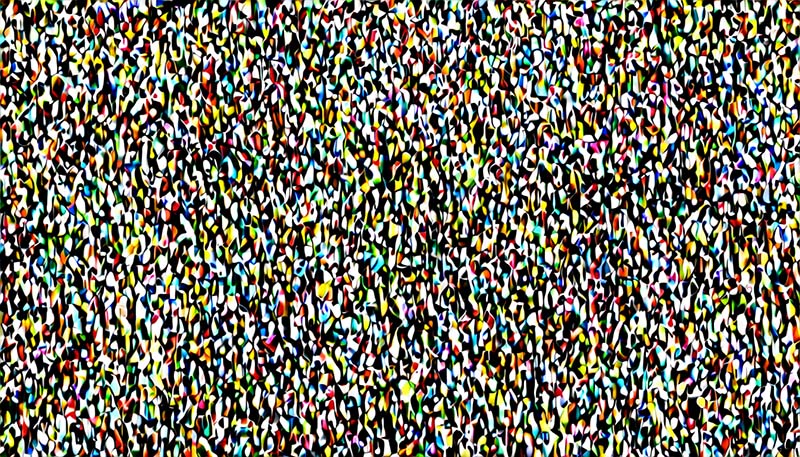Art and Activism: Using Art for Political Change
Art and Activism: Using Art for Political Change
Art has always been a powerful tool for expressing ideas, emotions, and perspectives. Throughout history, artists have used their creativity to challenge the status quo, raise awareness about important issues, and inspire change. In recent years, the intersection of art and activism has become increasingly prominent, with artists using their work to advocate for social, political, and environmental causes. This article explores the role of art in activism and how it can be used as a catalyst for political change.
The Power of Art
Art has the ability to evoke strong emotions and provoke thought. It can challenge our preconceived notions and encourage us to see the world from different perspectives. This is especially true when it comes to activism, where art can be used to raise awareness about important issues and inspire action.
Visual Storytelling
One of the most powerful aspects of art is its ability to tell a story. Visual art, in particular, can convey complex ideas and emotions through images, symbols, and colors. This can be incredibly effective in activism, where it can be used to communicate a message or raise awareness about a particular issue.
Advertisement
Cultural Commentary
Art can also serve as a form of cultural commentary, reflecting the values, beliefs, and attitudes of a particular society. This can be particularly powerful in activism, where it can be used to critique and challenge the status quo.
Community Building
Art can also be a powerful tool for building community and fostering a sense of belonging. By creating a shared experience, art can bring people together and inspire collective action.
Examples of Art and Activism
Throughout history, there have been numerous examples of art being used as a tool for activism. Here are a few notable examples:
The Guerrilla Girls
The Guerrilla Girls are a group of feminist artists who use their work to challenge sexism and discrimination in the art world. They are known for their provocative posters and street art, which often feature bold text and striking visuals.
Banksy
Banksy is a well-known street artist who uses his work to critique social and political issues. His graffiti art often features satirical images and messages, which are designed to provoke thought and inspire action.
Ai Weiwei
Ai Weiwei is a Chinese artist and activist who uses his work to critique the Chinese government and advocate for human rights. He is known for his large-scale installations and sculptures, which often incorporate traditional Chinese elements and imagery.
Indigenous Art and Activism
Indigenous artists around the world have used their work to raise awareness about the struggles and injustices faced by their communities. This can include issues such as land rights, cultural preservation, and environmental protection.
Challenges and Critiques
While art can be a powerful tool for activism, it also faces challenges and critiques. Some argue that art can be inaccessible or elitist, making it difficult for it to reach a wider audience. Others argue that art can be co-opted by the very systems it seeks to critique, leading to a dilution of its message.
Accessibility and Elitism
One challenge facing art and activism is the issue of accessibility. Art can sometimes be seen as elitist or exclusive, making it difficult for it to reach a wider audience. This can be particularly problematic for activism, which relies on reaching and engaging with a broad base of supporters.
Co-optation and Commodification
Another challenge facing art and activism is the risk of co-optation and commodification. This occurs when art is used to promote or sell products, often in ways that are at odds with its original message or intent. This can lead to a dilution of the message and a loss of its impact.

Authenticity and Representation
Finally, there are concerns around authenticity and representation in art and activism. Some argue that art can be used to appropriate or exploit the struggles and experiences of marginalized communities, without adequately representing or centering their voices.
Conclusion
Art has the power to inspire change and challenge the status quo. When used as a tool for activism, it can raise awareness about important issues, provoke thought, and inspire action. However, it also faces challenges and critiques, including issues of accessibility, co-optation, and representation. As artists and activists continue to use art as a means of political change, it is important to consider these challenges and work to create art that is inclusive, authentic, and impactful.
Comments